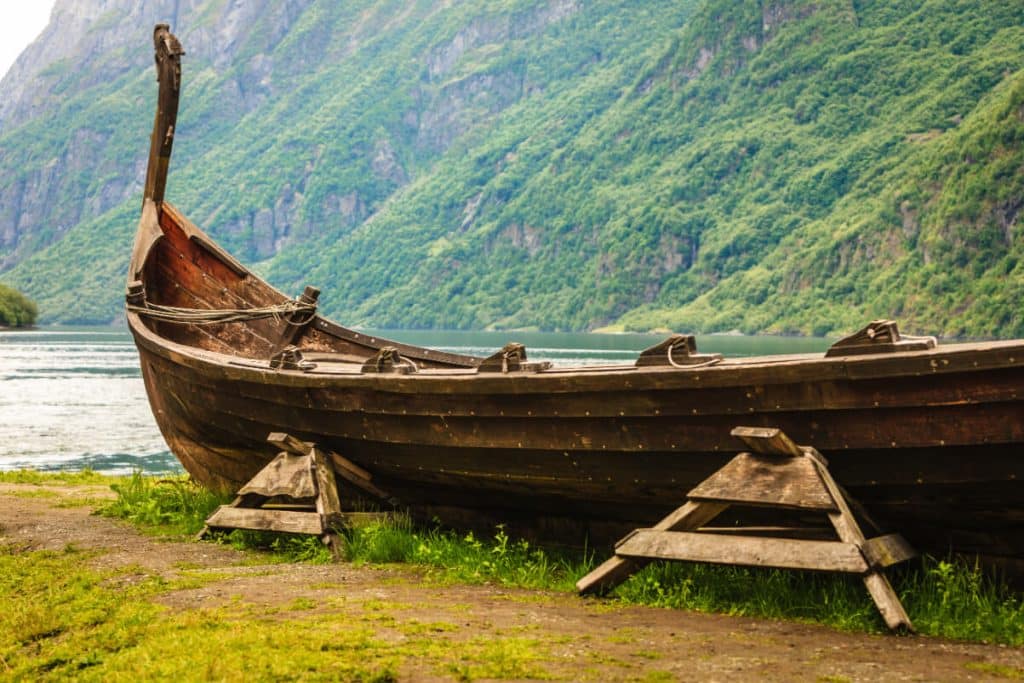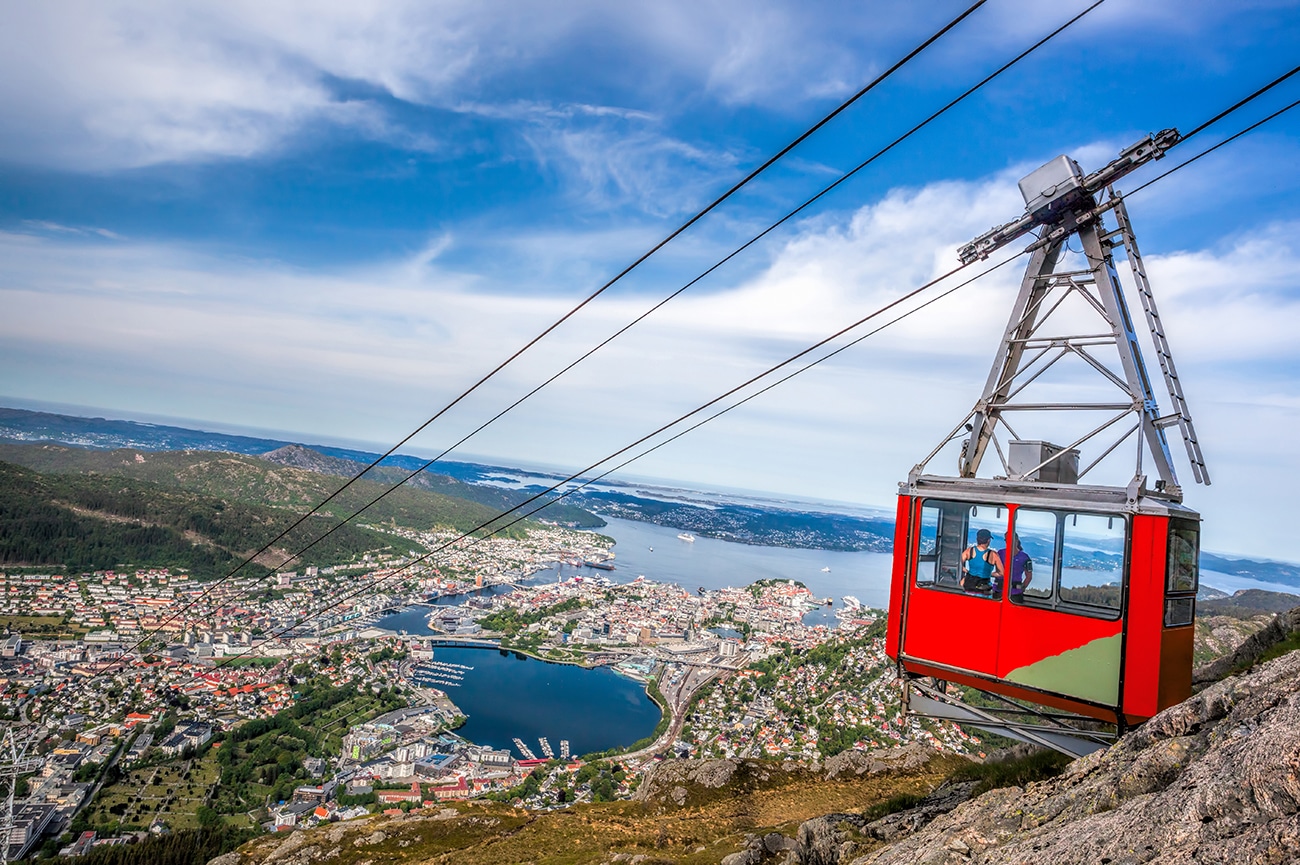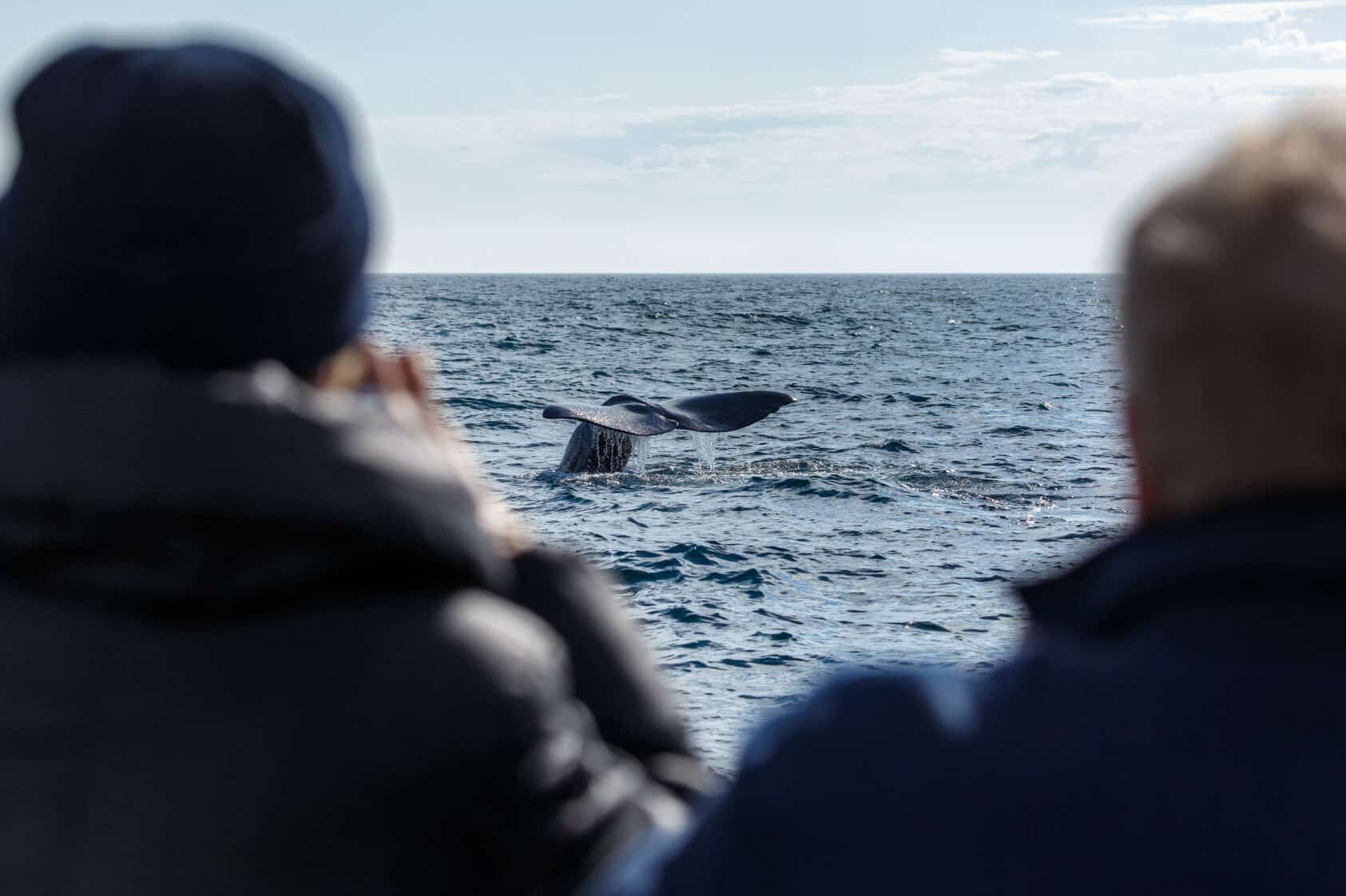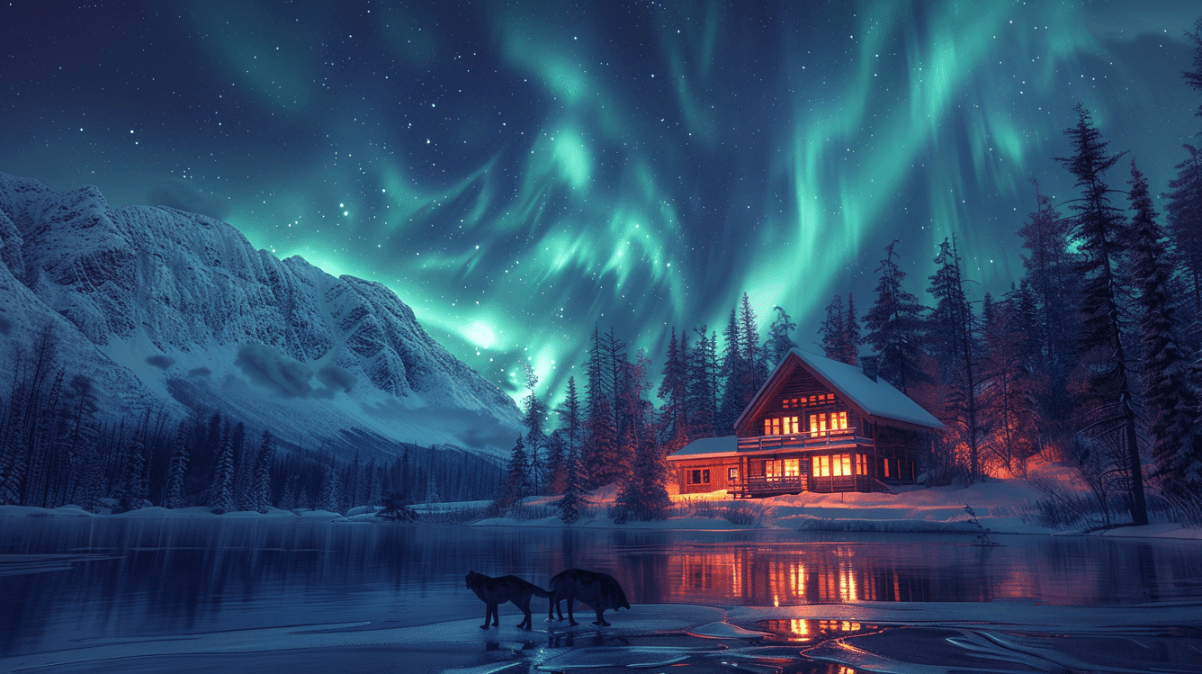Introduction:
The Viking Age holds a significant place in world history, and Norwegian Vikings are at the heart of this fascinating era. Known for their seafaring skills, exploration, and warrior prowess, the Vikings of Norway have left an indelible mark on Europe and beyond. Yet, their culture extends far beyond the stereotypical image of fierce raiders. Viking culture is a rich tapestry of traditions, beliefs, craftsmanship, and societal structure.
Exploring the world of Norwegian Vikings offers a unique glimpse into those long-ago times when Norsemen navigated treacherous seas, founded settlements, and engaged in trade across vast distances. From their intricate mythology to their advanced shipbuilding techniques, the legacy of the Vikings remains a subject of intrigue and admiration.
Saga Viking Tours, curated by Gert Kvalsund, offers immersive experiences that allow travelers to delve deeply into this captivating culture. Specializing in personalized Norwegian vacations, Saga Viking Tours takes you to the best Viking sites, introduces you to authentic cuisine, and offers the finest accommodations. This enriching journey brings the saga of the Norwegian Vikings vividly to life, with expertly guided tours ensuring you don’t miss any of the key landmarks or hidden gems.
Join us as we explore the many facets of Viking culture, from their infamous raids to their daily lives, and discover what made these Norse seafarers such formidable and influential figures in history.
Introduction to Viking Culture
The Viking Age, which lasted from approximately 793 to 1066 AD, is a significant period in world history. Originating from Scandinavia, specifically the regions we now know as Norway, Sweden, and Denmark, the Vikings were known for their seafaring prowess, exploration, and influence across Europe and beyond. Their impact on history is vast, shaping the cultures and societies they encountered and leaving a lasting legacy.
Who Were the Vikings?
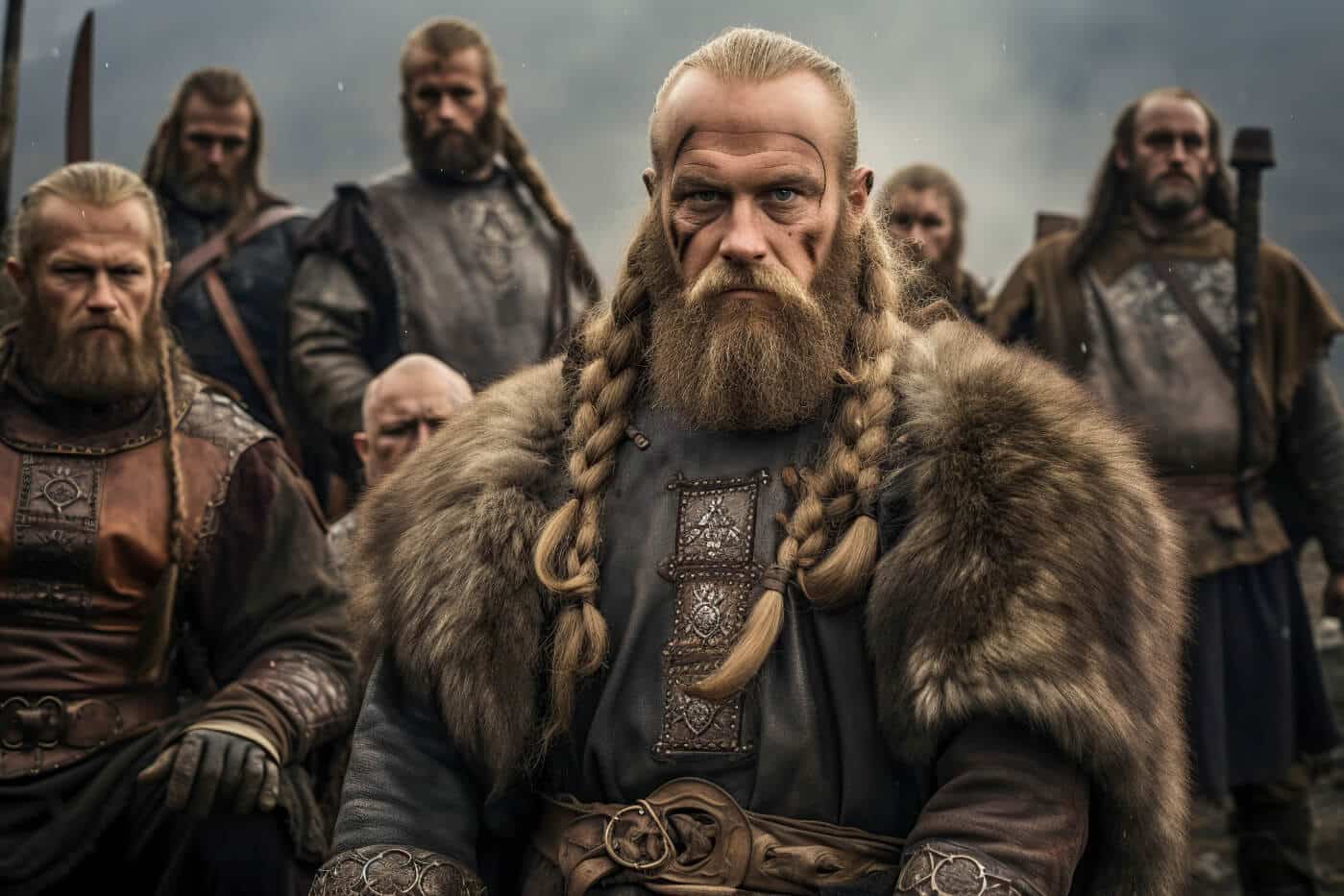
The term “Vikings” refers to the Norsemen who were explorers, traders, and warriors. These Scandinavian raiders embarked on voyages that took them far from their homeland, reaching as far as North America, the British Isles, and the Mediterranean. Unlike the common portrayal of Vikings as merciless raiders, they were also skilled merchants and navigators. This combination of exploration, trade, and conquest allowed them to expand their influence and establish settlements in diverse regions.
Key Aspects of Viking Society
Viking society was structured into three main classes: jarls, karls, and thralls. Jarls were the noble class, often wealthy landowners with significant power and influence. Karls were the freemen who made up the bulk of the population. They were farmers, craftsmen, and merchants. Thralls were slaves, typically captured during raids, and held the lowest social status. This hierarchy was central to Viking life, influencing social interactions and daily activities.
Women in Viking society enjoyed more rights than other European cultures of the time. They could own property, request a divorce, and participate in trade. Women played crucial roles in managing households, and farms, and sometimes protecting their homes during their husbands’ absences. This level of autonomy was quite progressive for the era, adding a unique dimension to Viking culture.
Religion and Mythology
Norse mythology formed an integral part of Viking culture. The Vikings worshipped a pantheon of gods and goddesses, with Odin, Thor, and Freyja being some of the most prominent. These deities represented various aspects of life and the natural world. Rituals and religious practices often involved offerings and sacrifices to gain the favor of the gods.
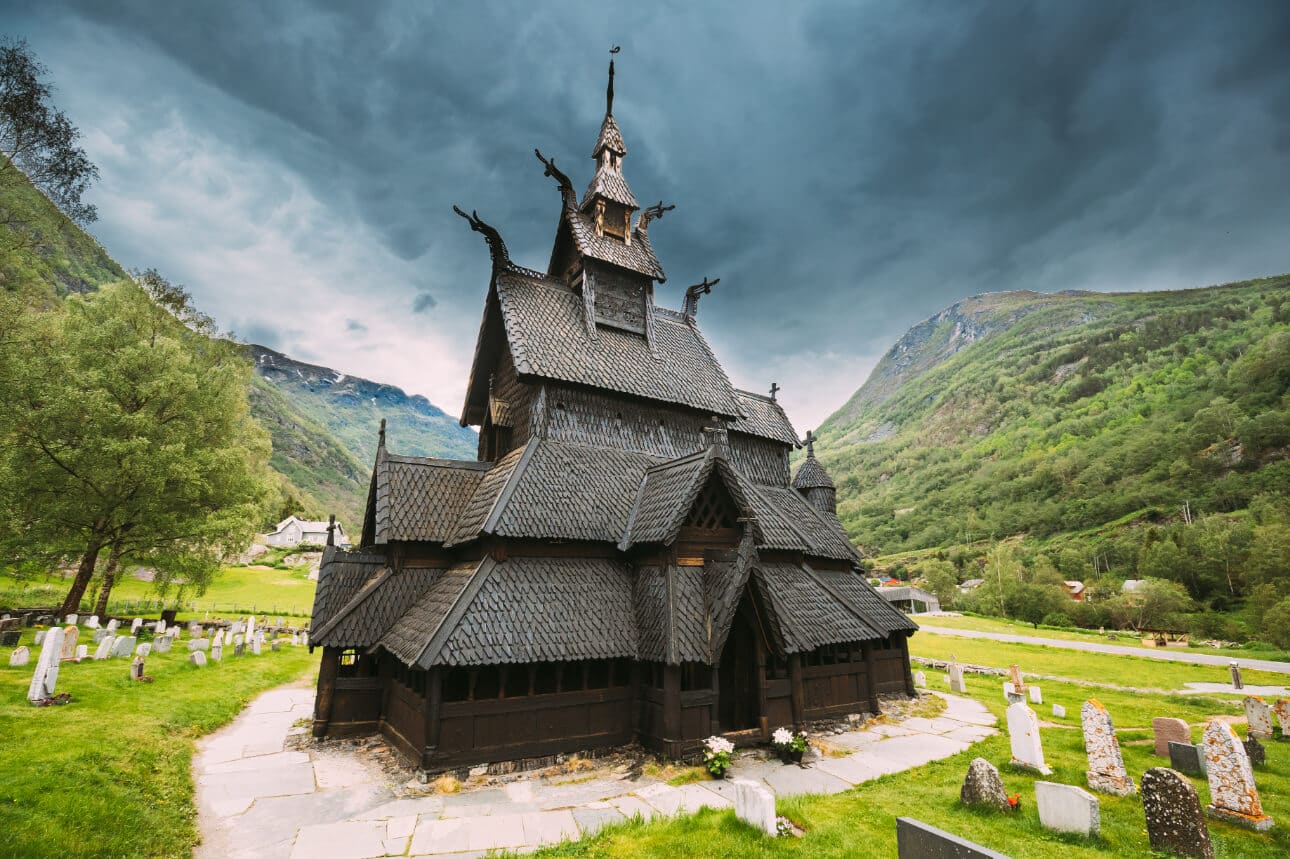
Festivals and ceremonies were common, marking significant events such as harvests, battles, and changes in seasons. These practices were deeply woven into the fabric of Viking life, influencing their worldviews and actions. Norse mythology and its stories of gods, giants, and heroes remain a compelling aspect of understanding Viking culture.
Viking Exploration and Expansion
The Vikings were unparalleled explorers. Their voyages to Iceland, Greenland, and eventually North America (Vinland) showcase their exceptional navigation skills and adventurous spirit. These journeys were not merely for conquest; they sought new lands for settlement, trade, and resources.
The impact of Viking expansion on Europe was profound. They established trade routes, founded cities, and integrated with local populations. Their influence can be seen in various aspects of medieval European life, from art and architecture to language and legal systems. Viking exploration led to cultural exchanges that enriched both the Scandinavian and European regions.
Viking Warfare and Weapons
Vikings are often remembered for their prowess in battle. Their armory included swords, axes, spears, and shields, all expertly crafted for warfare. Viking warriors used these weapons with remarkable skill, employing tactics that relied on speed, surprise, and the element of fear.
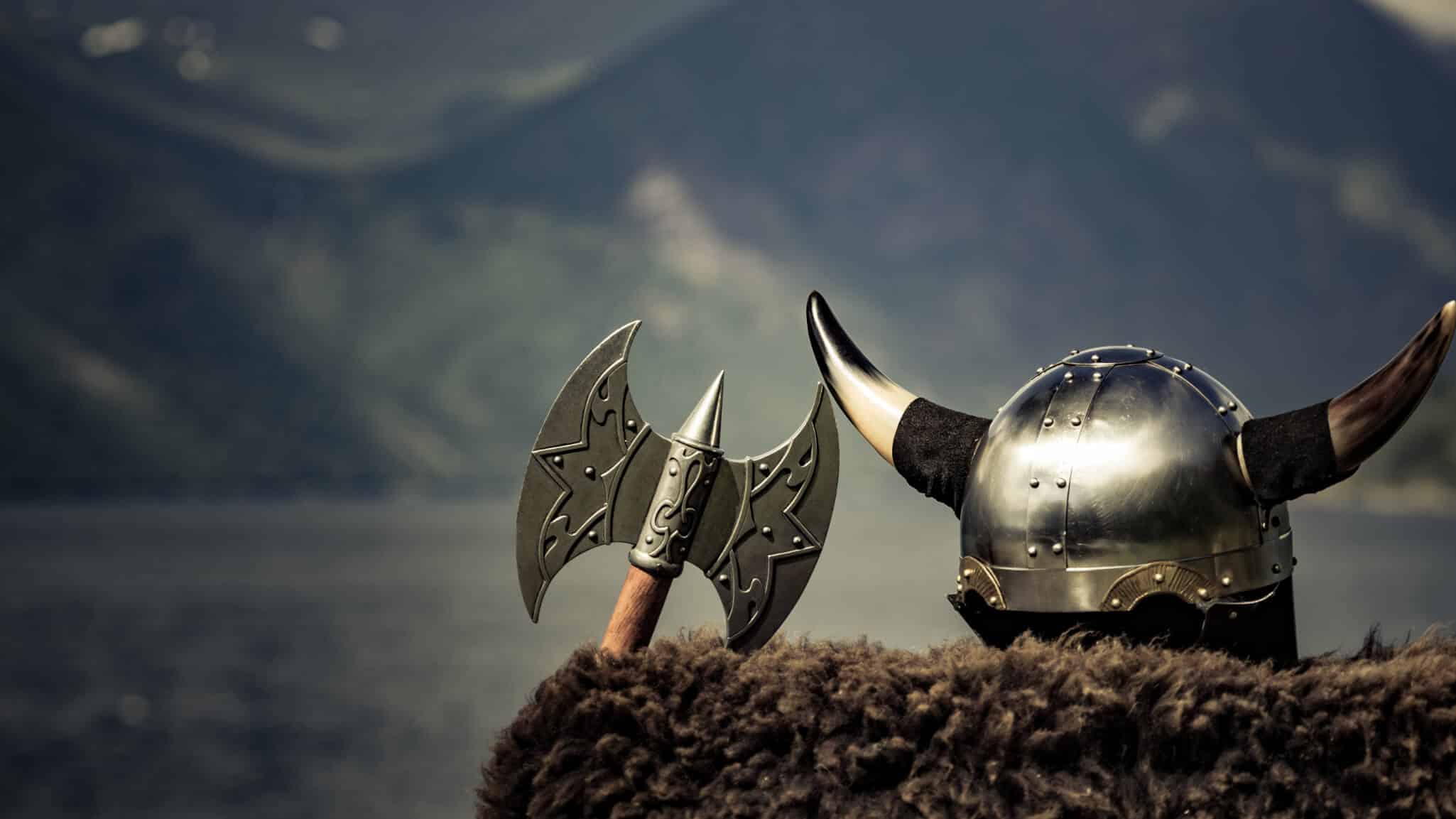
Raids were a common strategy, as seen in the infamous Lindisfarne raid of 793 AD, which marked the beginning of the Viking Age. These attacks were swift and brutal, often targeting monasteries and towns. However, their warfare extended beyond raiding; they engaged in pitched battles, fortified their settlements, and defended their territories fiercely.
Viking Ships
Viking ships, especially the longships, were central to their success. These vessels were marvels of engineering, designed for speed, agility, and durability. Longships could navigate both the open sea and shallow rivers, making them ideal for raids and exploration. Their construction allowed the Vikings to travel vast distances, establishing trade networks and colonies.
Ships were more than just modes of transport; they were symbols of power and status. A well-crafted ship demonstrated wealth and skill, and shipbuilding was a revered craft. The importance of ships in Viking culture is evident in their burial practices, where significant figures were often buried with their ships to accompany them into the afterlife.
By delving into these key aspects of Viking culture, we gain a deeper understanding of what made the Norwegian Vikings such influential figures. Their social structure, beliefs, explorations, and craftsmanship offer a glimpse into a world that continues to captivate us. Through this exploration, we uncover the complexities and achievements of Viking society, recognizing their enduring legacy.
The next part of our journey will delve into the artistic expressions, daily life, and lasting impact of the Vikings, offering a comprehensive look at the multifaceted nature of this fascinating culture.
Viking Art and Craftsmanship
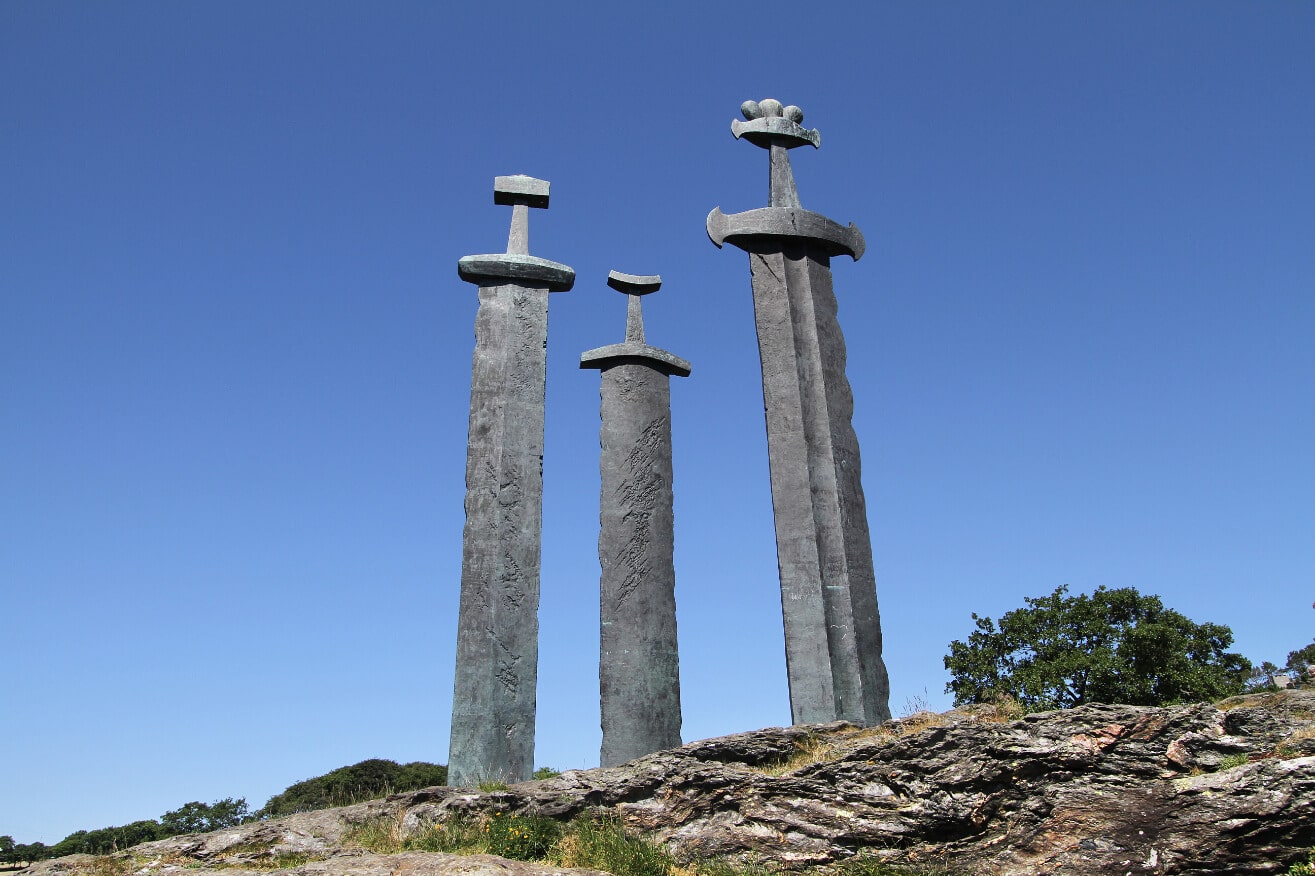
Viking culture thrived on artistic expression and skilled craftsmanship. Norwegian Vikings were masterful in creating intricate works that showcased their attention to detail and creativity. Their art was not just for decoration; it often had symbolic meanings and practical uses.
Metalwork and Jewelry
One prominent area of Viking artistry was metalwork. Vikings crafted exquisite jewelry, including brooches, bracelets, and neck rings. These pieces were often made from silver and gold and featured intricate designs such as animals, knots, and geometric patterns. Metal objects were also used to signify status and wealth within Viking society. The craftsmanship displayed in Viking artifacts, including weapons and tools, illustrates the high level of skill and artistic expression prevalent in Norse culture.
Wood Carving
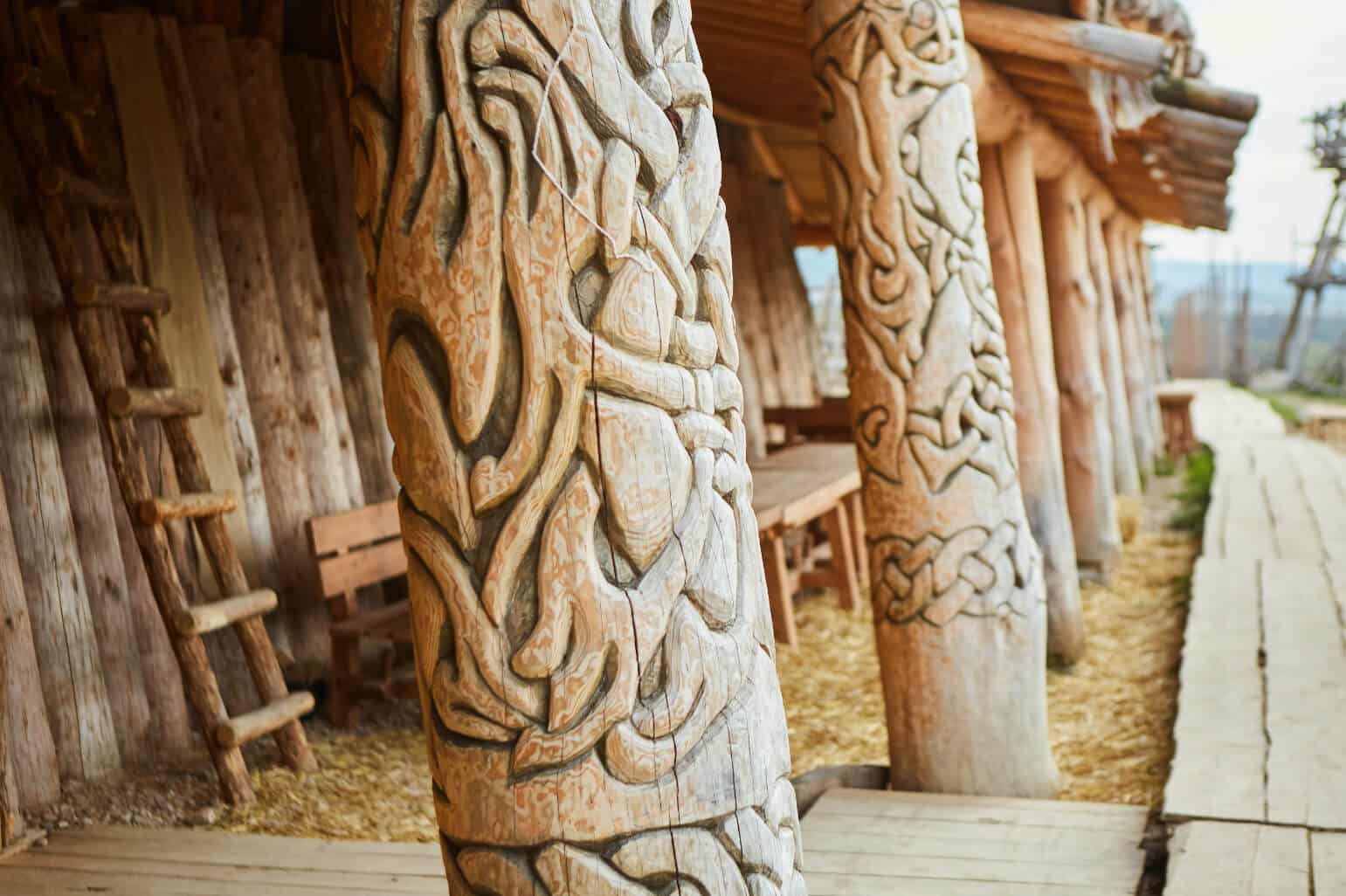
Wood carving was another significant craft among the Vikings. They used this skill to create wooden ships, buildings, and everyday items with elaborate carvings. Viking ships, for instance, often had beautifully carved prows depicting dragons or other mythical creatures, instilling both fear and admiration. Vikings also carved runestones, which were stones inscribed with runes to commemorate significant events or people. These artifacts provide valuable insights into Viking life and society and highlight their artistic achievements.
Textiles and Clothing
Textiles were an important part of Viking craftsmanship. Viking women typically wove and spun the wool, creating durable and warm clothing suitable for the harsh Scandinavian climate. They also dyed fabrics using natural materials to produce a range of colors. Clothing often featured embroidered patterns and decorations, adding a touch of style and identity to their garments. The quality and variety of Viking textiles underscored the society’s resourcefulness and ability to adapt to their environment.
Daily Life of Vikings
Understanding the daily life of Norwegian Vikings offers a glimpse into how they thrived in their challenging environment. Their day-to-day activities revolved around farming, trading, and maintaining their households.
Farming and Agriculture
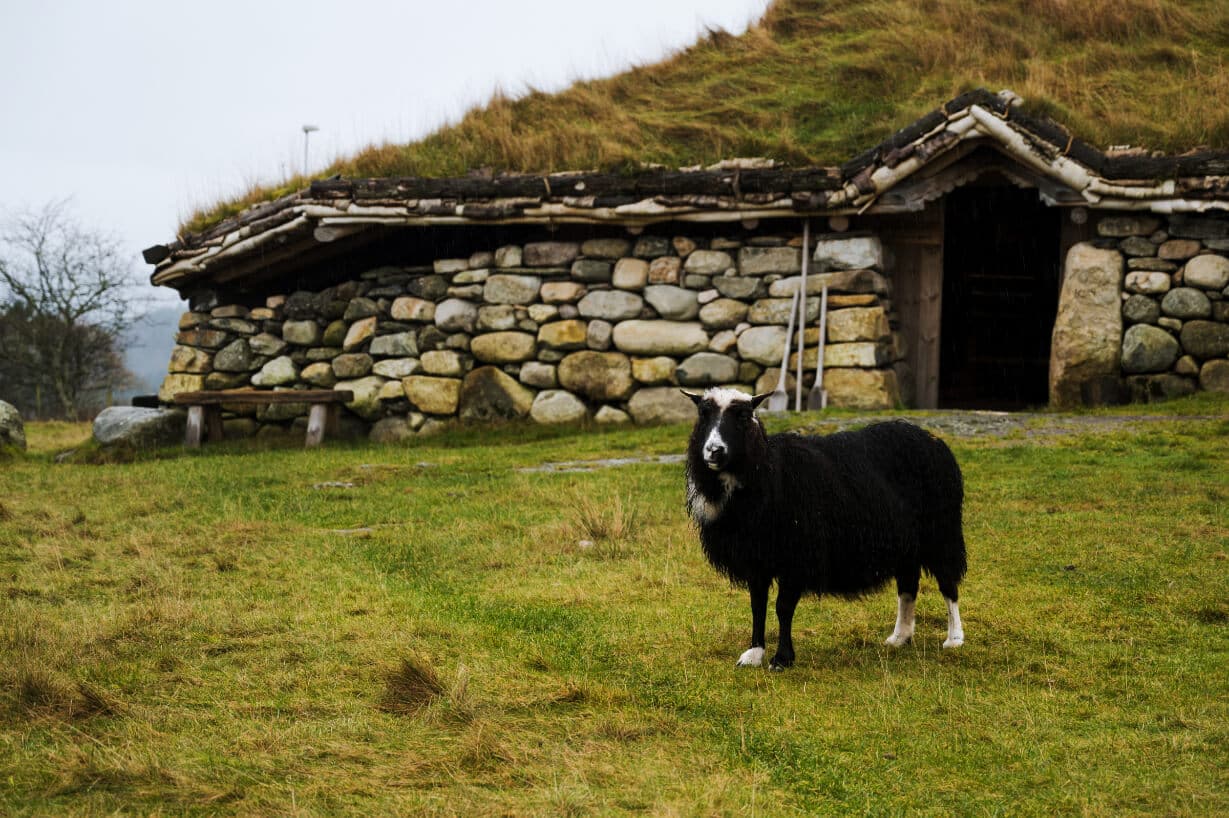
Agriculture was the backbone of Viking society. Most Vikings were farmers who grew crops such as barley, oats, and rye and raised livestock, including cattle, sheep, and pigs. The seasonal cycle of planting, tending, and harvesting dictated much of their daily routines. Farming techniques were adapted to the local climate, helping ensure food security for the community. The ability to cultivate land and manage resources was crucial for survival and prosperity.
Trading and Commerce
Apart from farming, trading was a key aspect of Viking life. Viking exploration opened up extensive trade networks that spanned continents. They traded goods such as furs, amber, timber, and iron in exchange for silver, silk, spices, and other valuable items. Trading fairs were common, where Norsemen could barter and exchange goods with people from different regions. This commerce not only brought wealth but also facilitated cultural exchanges and knowledge transfer.
Meals, Clothing, and Housing
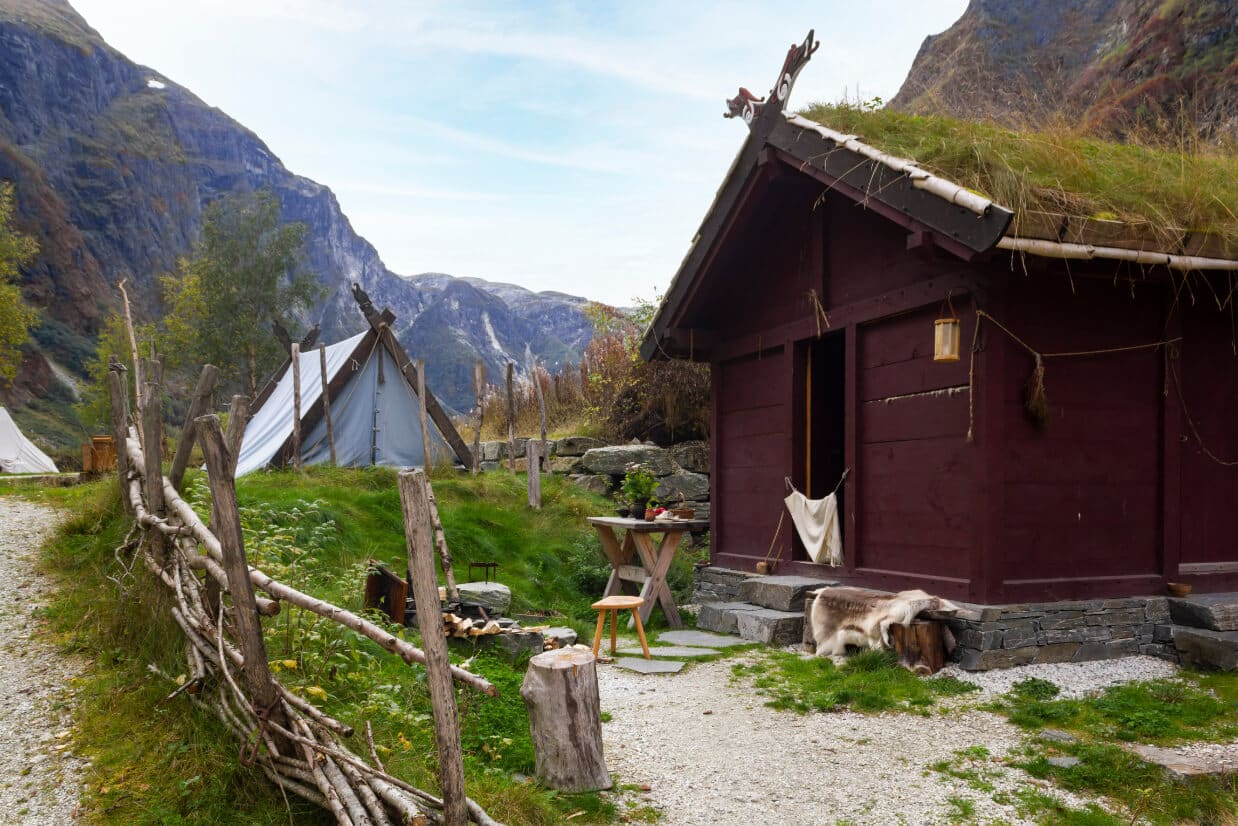
Viking meals were hearty and relied heavily on local produce. Common foods included bread, fish, meat, dairy products, and vegetables. Feasts were significant events, often accompanied by storytelling and music. The diet was designed to provide the necessary energy for their strenuous lifestyle.
Vikings lived in longhouses, large communal buildings made from wood and thatched roofs or turf. These homes featured a central hearth for cooking and warmth. They were designed to house extended families and livestock during the winter. Longhouses were practical and symbolized the communal life of the Vikings.
The clothing was functional and designed to protect against the cold. Men typically wore tunics and trousers, while women wore long dresses with aprons. Clothing materials ranged from wool to linen, and garments were often layered for extra warmth. Accessories like belts, brooches, and hats added both functionality and style.
Legacy of the Vikings
The legacy of Norwegian Vikings is evident in various aspects of modern life, reflecting their enduring influence centuries after the Viking Age.
Cultural Influences
The Vikings left a lasting mark on the languages spoken across Europe, particularly in England and Scotland. Many English words have Old Norse origins, and numerous place names in the British Isles reflect Viking settlements. In Iceland, the sagas and stories passed down from the Viking Age remain an essential part of the national identity.
Legal systems in many Scandinavian countries also have roots in Viking laws. The Vikings had a sophisticated system of governance, emphasizing communal decision-making and individual rights. The concept of “things,” or assemblies, where matters were discussed and decisions were made, is a precursor to modern parliamentary systems.
Enduring Impact on Modern Scandinavia and Beyond
Viking traditions and symbols continue to be celebrated in modern Scandinavia. Festivals, reenactments, and museums dedicated to Viking history keep the Norse heritage alive. These events attract visitors from around the world, contributing to cultural tourism.
Viking art and design influence contemporary Scandinavian aesthetics. Patterns and motifs inspired by Viking craftsmanship appear in modern jewelry, clothing, and home decor. This blend of ancient artistry with modern design underscores the timeless appeal of Viking culture.
Vikings’ adventurous spirit and pioneering explorations are often invoked as symbols of courage and innovation. This legacy inspires new generations to explore, create, and innovate, echoing the values that drove the Norsemen to their historical achievements.
Misconceptions About Vikings
One of the most enduring misconceptions about Vikings is their portrayal as ruthless barbarians. While they did engage in raids, their culture was far more complex and nuanced. Vikings were not perpetually engaged in battles; they also valued trade, exploration, and societal structure.
Debunking Horned Helmets
The image of Vikings wearing horned helmets is a widespread myth. This depiction originated in the 19th century from artistic interpretations and theatre productions. Archaeological evidence, however, indicates that Viking helmets were practical and designed for protection, typically made from iron and lacking horns.
The Myth of Berserkers
Legends of berserkers, warriors who fought in a trance-like fury, have been exaggerated over time. While some Norsemen did exhibit ferocious behavior, the concept of berserkers was not as common as believed. Historical texts describe berserkers, but evidence supporting their widespread presence is limited.
Gender Equality Myths
Another misconception involves the role of women in Viking society. While Viking women did enjoy more rights than their European counterparts, such as property ownership and divorce rights, they were still part of a patriarchal system. Misinterpreting these rights as modern-day gender equality oversimplifies the complexities of Viking society.
Viking Culture in Modern Context
Interest in Viking culture has seen a resurgence in modern times. This revival reflects a fascination with their history, art, and lifestyle.
Tourism and Archaeological Discoveries
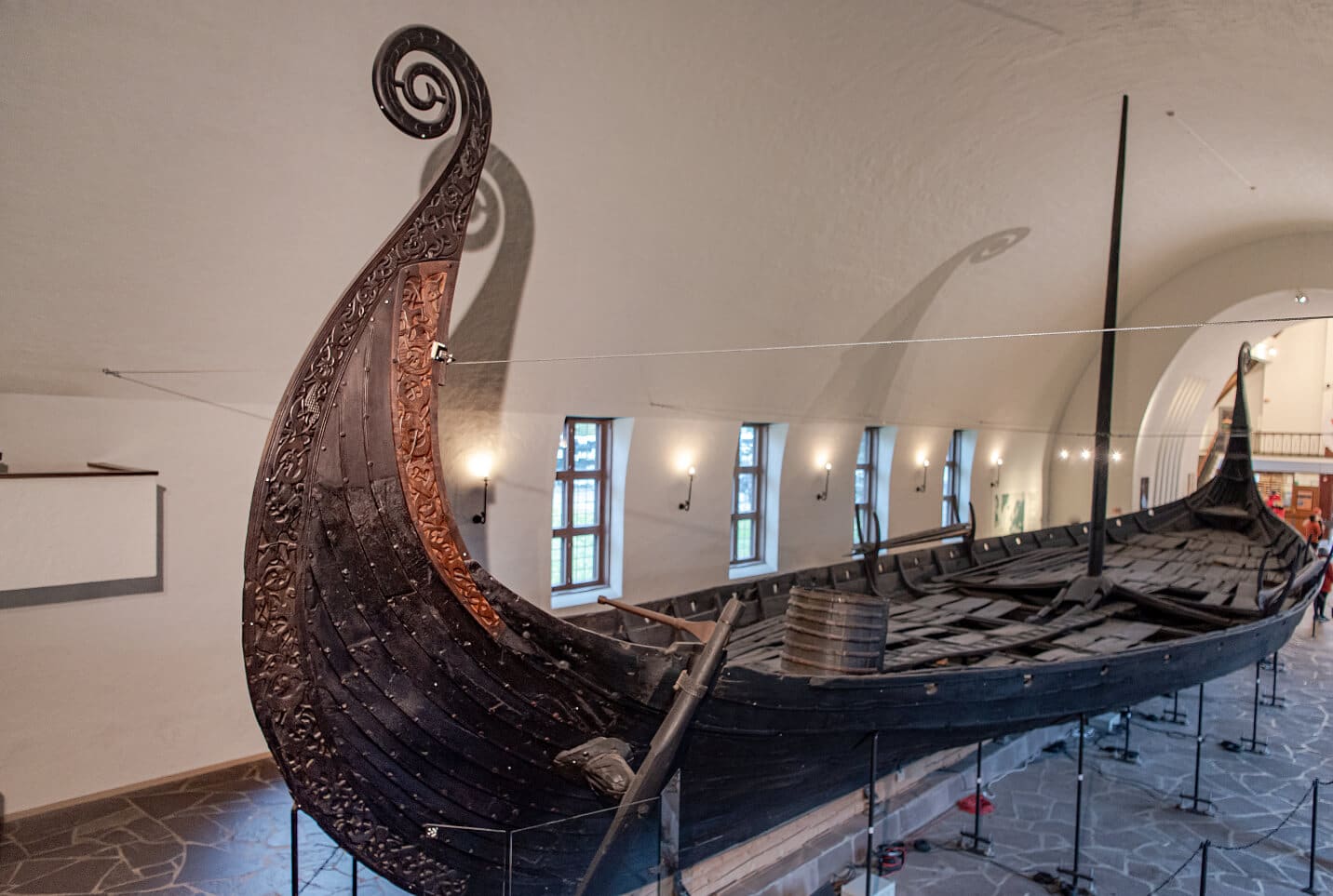
Norwegian Vikings continue to captivate people worldwide. Museums, reconstructed Viking ships, and historical sites draw significant interest. Archaeological discoveries, such as the Oseberg Ship, Kvalsund Ship, and Gokstad Ship, have provided valuable insights into Viking life, further fuelling interest.
Norway, in particular, has leveraged its Viking heritage to promote cultural tourism. Visitors can explore ancient settlements, ship burials, and replication villages, offering a glimpse into Viking history and culture. This sustained interest underscores the timeless allure of the Norsemen.
If you’re fascinated by Vikings and their incredible culture, there are some amazing places you can visit to learn more. Two must-see spots are the Sagastad Viking Center in Nordfjordeid and the Njardarheim Viking Center in Gudvangen. At the Sagastad Viking Center, you can explore detailed exhibits about Viking life, see real artifacts, and even step aboard the Myklebust ship, a full-scale replica of a Viking ship. Meanwhile, the Njardarheim Viking Center offers an immersive experience where you can walk through a living Viking village.
Embracing the Viking Legacy
The legacy of the Norwegian Vikings is compelling and enduring, shaping our understanding of history through their remarkable exploits and contributions. From their sophisticated social structures to their intricate craftsmanship, the Vikings left an indelible mark on the world. Their exploration and trade efforts expanded their influence far beyond Scandinavia, while their cultural practices and legal systems laid foundations that echo in modern societies.
Engaging with Viking history offers a unique perspective on how this formidable culture has influenced contemporary life. Understanding the true nature of Viking society dispels myths and celebrates their complexities, from their legendary sea voyages to their intricately designed artefacts. Modern efforts to revive and appreciate Viking culture through tourism, media, and educational programs ensure that the Norsemen’s adventurous spirit continues to inspire.
To truly appreciate the depth and richness of Viking culture, why not experience it firsthand? Visit sagavikingtours.com to explore our guided tours that delve into the heart of Viking history. Walk in the footsteps of the Norsemen, explore ancient settlements, and witness their artifacts up close. Our tours offer an immersive journey into the world of the Norwegian Vikings, bringing their legacy to life.
Discover the Viking spirit with Saga Viking Tours, curated by Gert Kvalsund, and embark on an unforgettable adventure through time. Book your tour today and uncover the secrets of the Vikings, from their legendary longships to their vibrant society. Immerse yourself in the fascinating world of the Vikings and gain a deeper appreciation for their enduring impact on our world.
